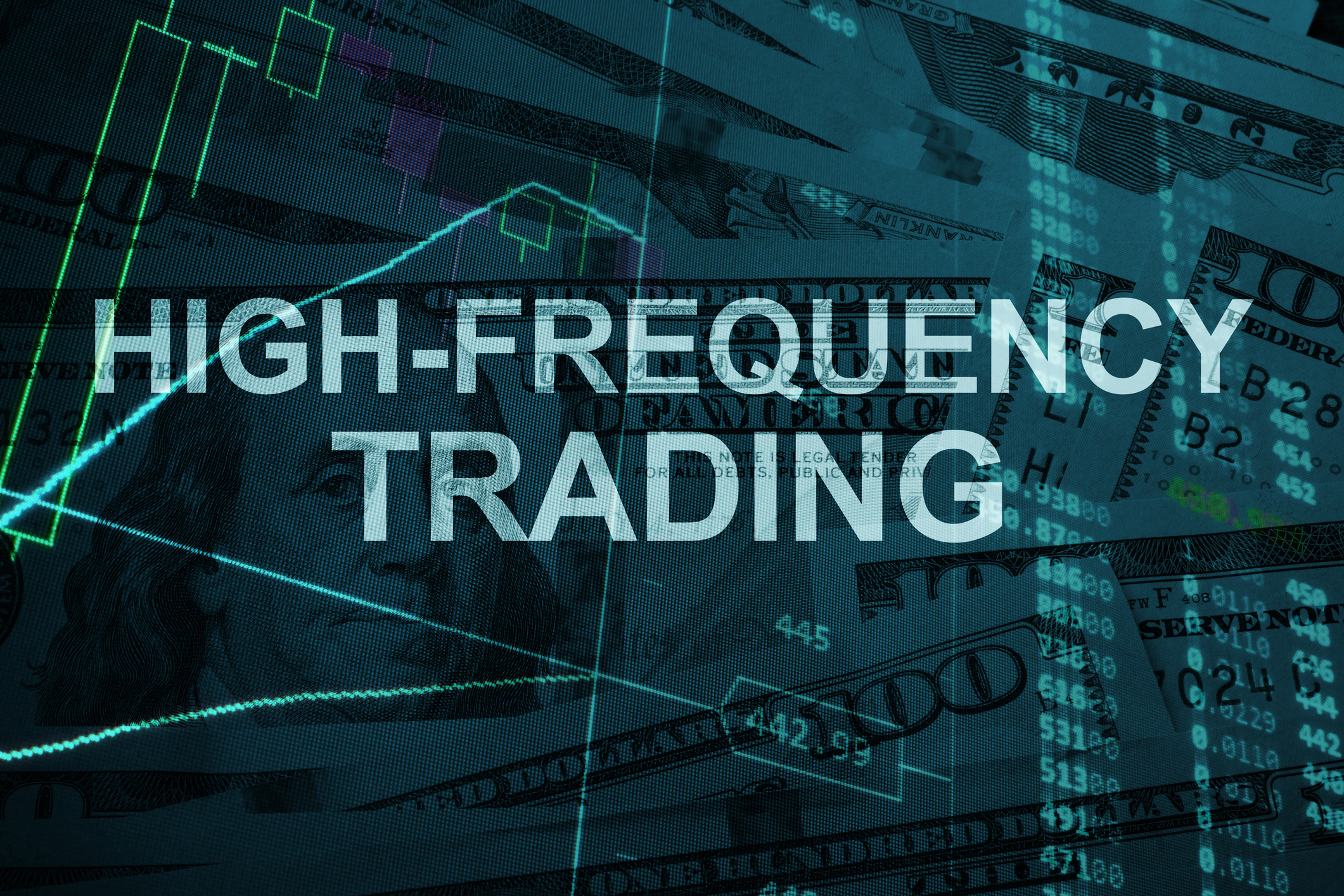When you're investing in mutual funds, there are a lot of fees that can be charged, including hidden load fees. It's important to understand the different types of load fees so you don't accidentally get into an investment that will never make money.

What is a load fee?
When you invest in a mutual fund, there are often many fees involved. One in particular, the load fee, is charged specifically to pay the intermediaries that sell the mutual fund to you as a sort of commission. All load fees are fully disclosed in the mutual fund prospectus but are not necessarily that obvious as you go about your investing day. There are three main types of load fees:
Front-end load fee. A front-end load fee is paid up front when you open your mutual fund account. This fee is deducted from your initial investment.
Back-end load fee. Back-end load fees are paid when you exit your mutual fund investment. Sometimes, if you hold a fund long enough, the back-end fee will go to zero, meaning you won't pay any load fee.
Level-load fee. A level-load fee is paid to the fund manager every year for as long as you hold the fund. It's taken from your investment account rather than being paid separately.


















